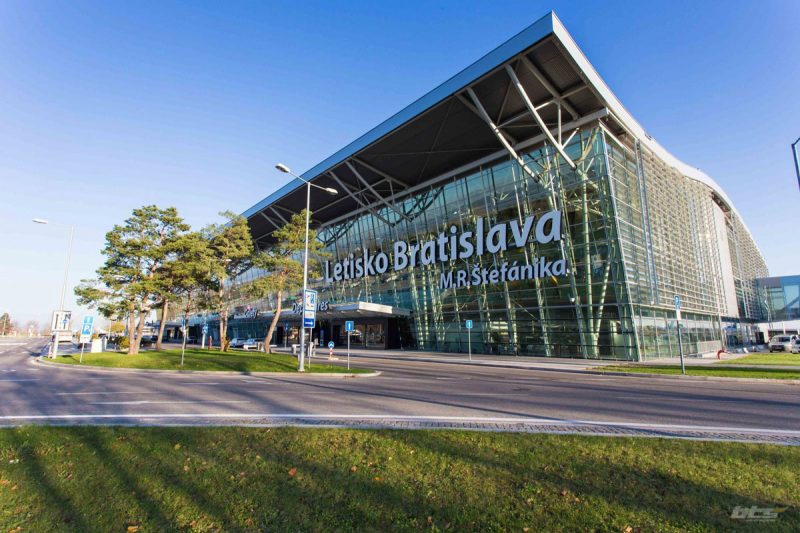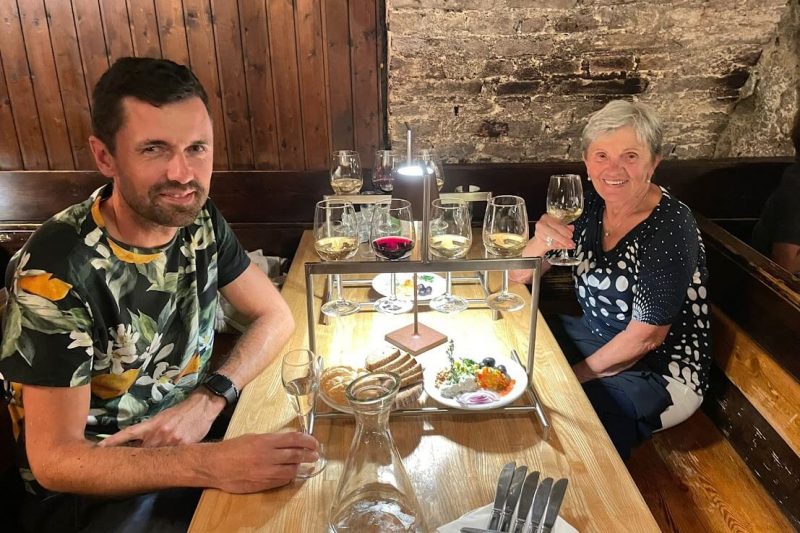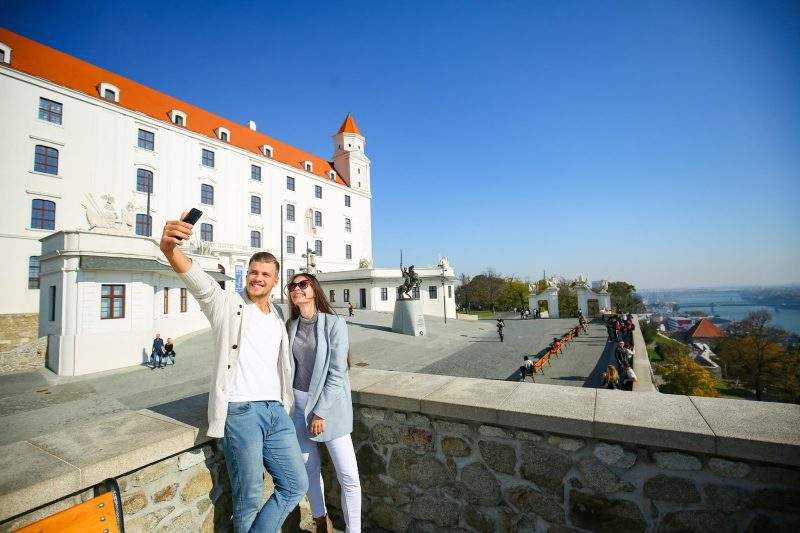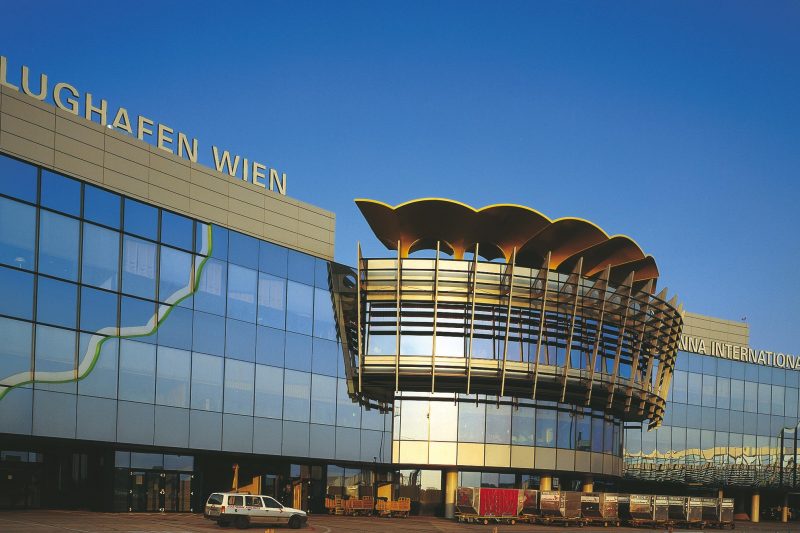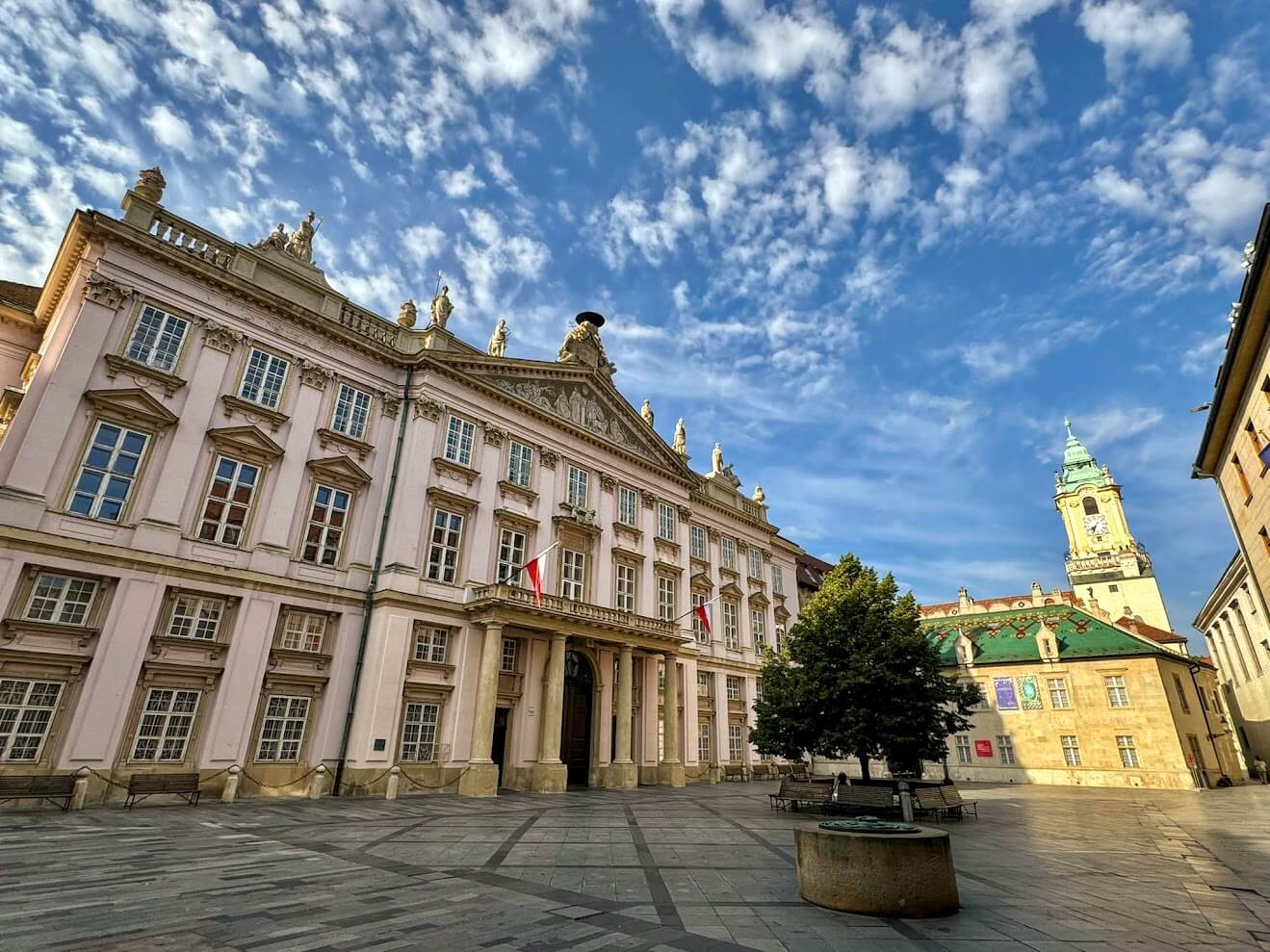
Discover the Majestic Primate’s Palace in Bratislava
Bratislava is a city steeped in history & culture, and directly almost in its heart lies a true architectural gem: the Primate’s Palace. With its stunning neoclassical design and rich historical significance, the Primate’s Palace is a must-visit attraction for anyone exploring the capital of Slovakia. In this blog post, we’ll take you through the fascinating history and highlights of the Primate’s Palace, and why it should be on your travel itinerary.
A Glimpse into the History of Primate’s Palace
The palace from end of 18th century is built on the site of medieval building which was the residence of the Archbishop of Esztergome during his visits to the town. As the construction of old building did not meet the expectations and demands of Esztergom Archbishop Jozef Batthyany, he decided to build a new neoclassical style palace according to the project of architect Melchior Hefele. The palace was constructed during the “golden era of Bratislava” when Bratislava was a capital city of Hungarian Kingdom. The Primate’s Palace has played host to numerous significant events in European history. One of the most notable events is it the signing of the treaty of Pressburg in 1805, which marked the end of the War of the Third Coalition against Napopleon’s France. Reminiscence of this event it is the fact one of the street of Paris has the name Rue de Pressburg.
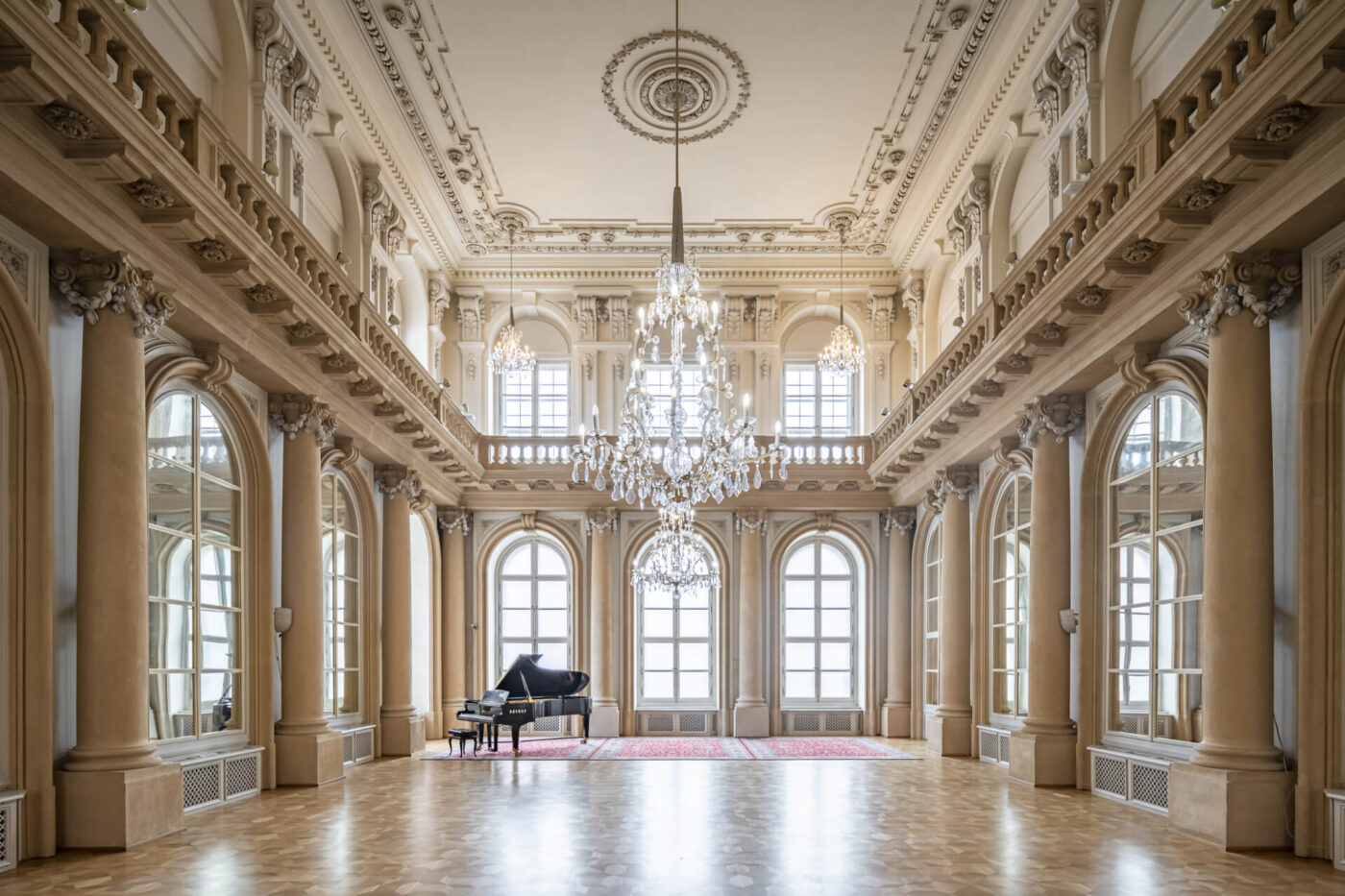
Highlights of the Primate’s Palace
The Mirror Hall
Arguably the most famous room in the Primate’s Palace is the stunning Mirror Hall. Adorned with crystal chandeliers and gold-leaf accents, the hall is a breath-taking sight. It has witnessed many historical events, including the aforementioned Treaty of Pressburg. Visitors today can admire the beautiful frescoes and intricate designs that make this hall a masterpiece of neoclassical architecture. The Mirror Hall was employed by the City Council for its sessions; significant state visits were received here, and it is also popular place for weddings. During renovations of the City Hall in 1903, very precious early Baroque tapestries were discovered in the palace, woven in approximately 1630 in the English royal workshop in Mortlake, London. They illustrate the antique legend about the love of Leandros & Hero.
The Knight’s Hall
Another notable room is the Knight’s Hall, known for its grandiose design and historical importance. The hall often hosts exhibitions and events, making it a vibrant part of the palace’s offerings. The impressive ceiling and walls are adorned with coats of arms and knightly symbols, reflecting the hall’s historical context.
The Fountain of St. George
Within the tranquil courtyard of Bratislava’s Primate’s Palace lies the enchanting Fountain of St. George. This exquisite 17th-century marble sculpture depicts the legendary tale of St. George slaying the dragon, symbolizing the triumph of good over evil. The intricate details and serene setting make it a captivating highlight for visitors, offering a peaceful retreat and a glimpse into the rich historical and artistic heritage of the palace.
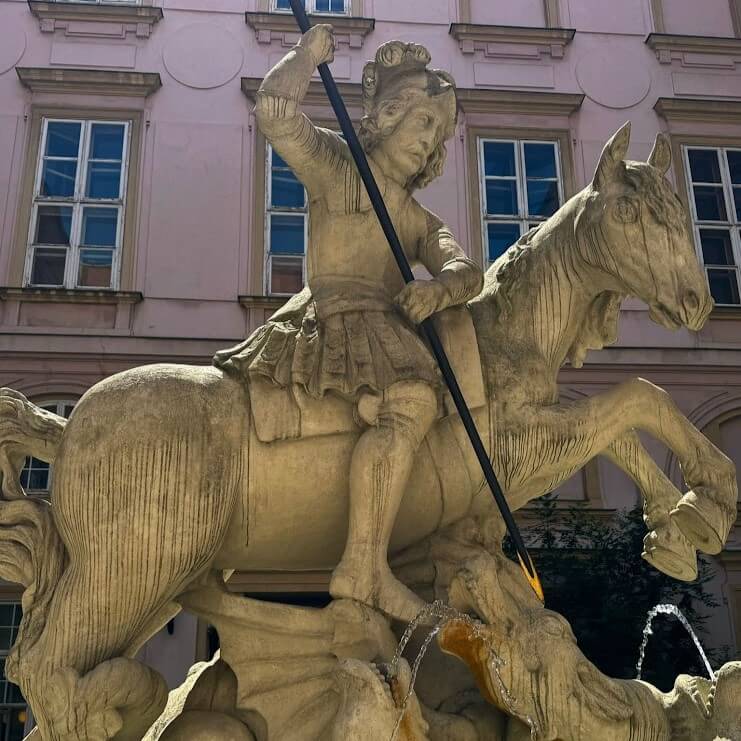
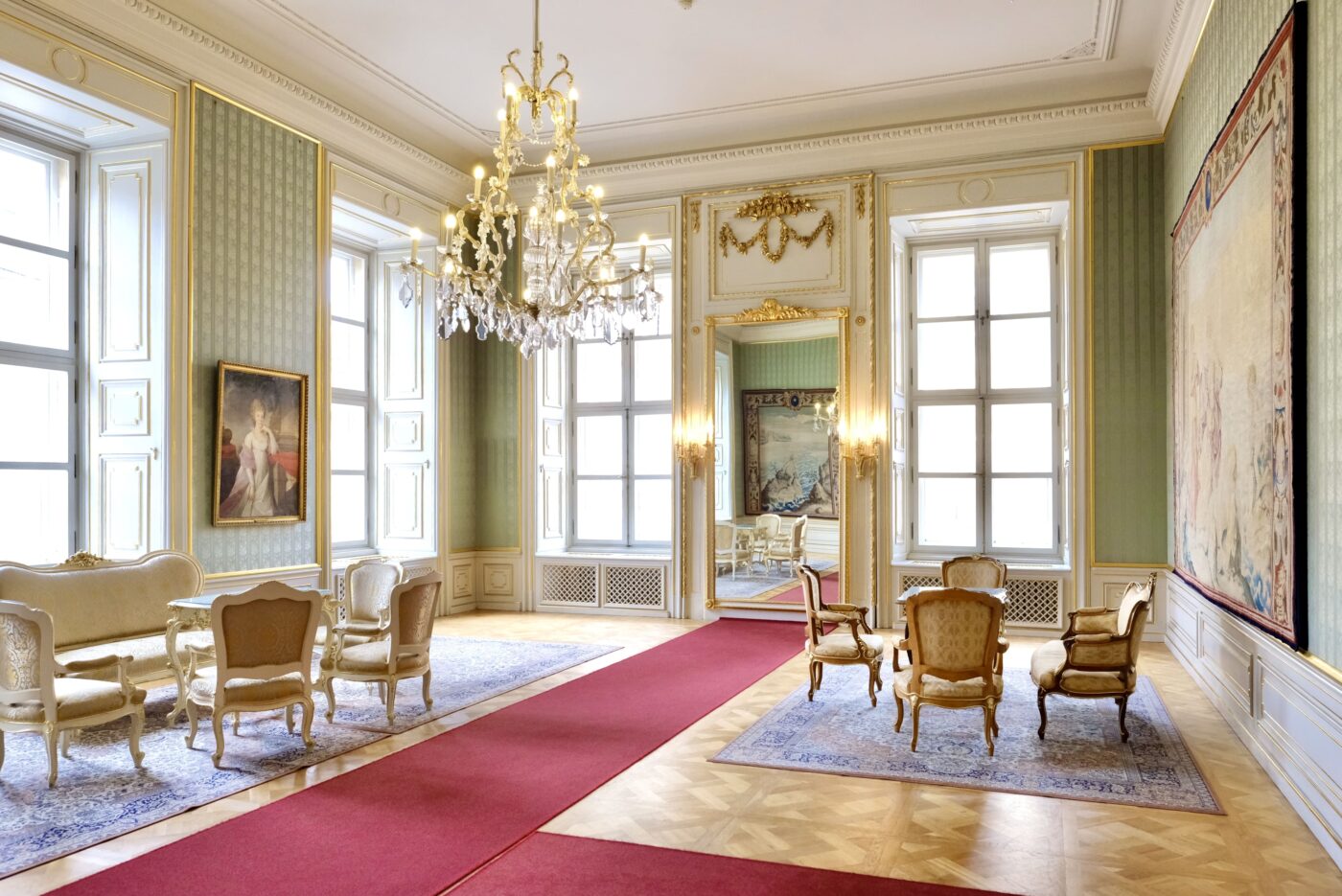
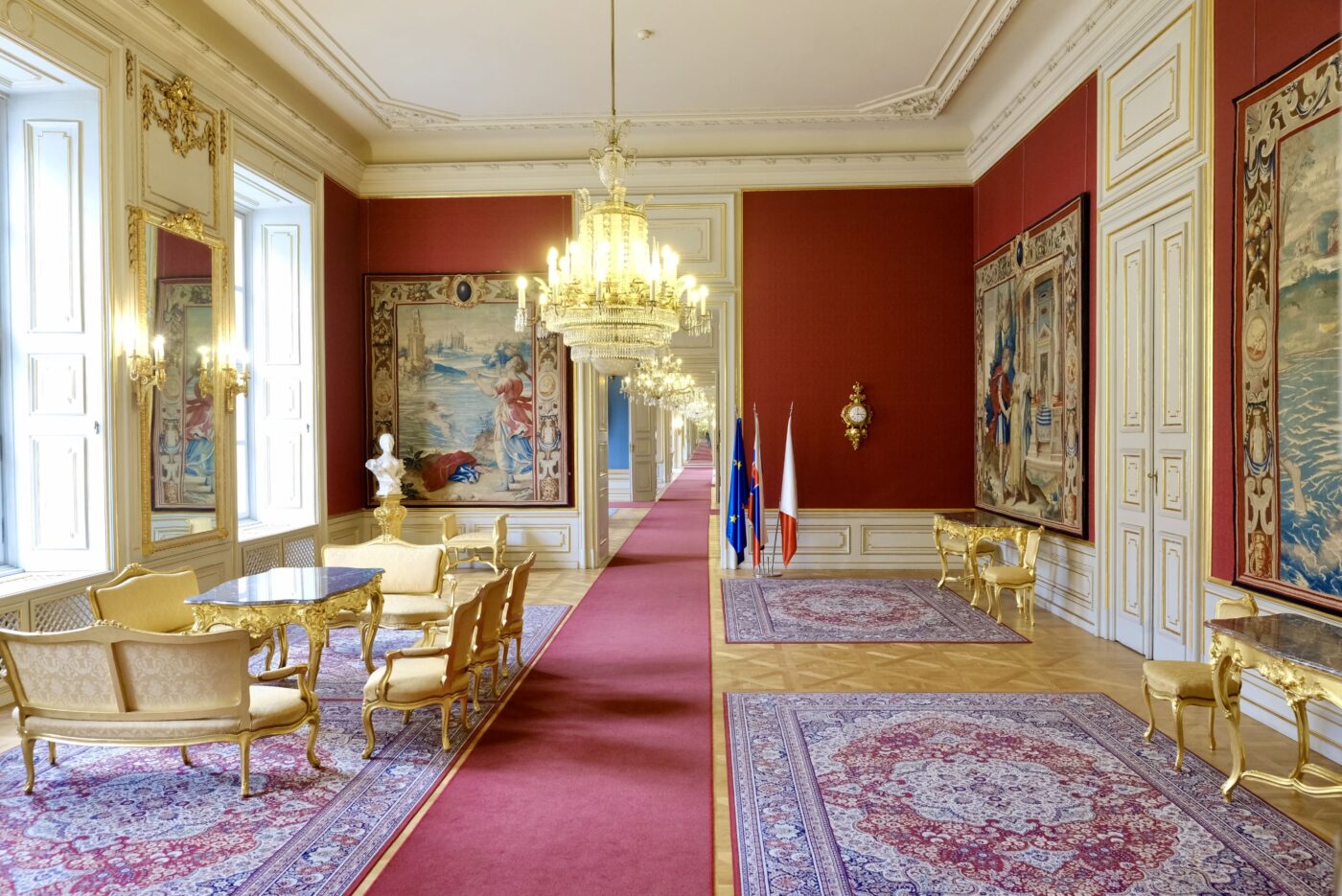
The Primate’s Palace is a jewel in the crown of Bratislava’s architectural and historical heritage. From its stunning Mirror Hall to its rich art collections, the palace offers a unique and unforgettable experience for all who visit. Plan your visit of Bratislava with Bratislava City Tours, to not skip any gem of Bratislava 🙂

